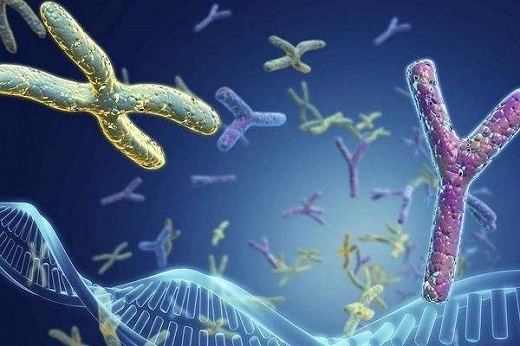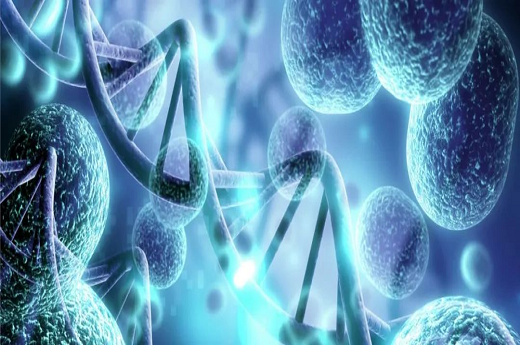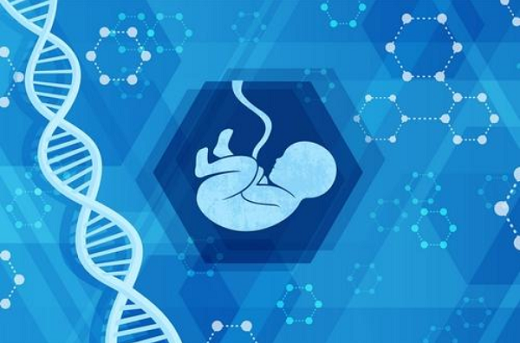1. 初始咨询与评估
在四川试管婴儿的流程中,初始咨询与评估是至关重要的一步。患者首先与医生进行初步接触,医生会了解患者的生育史、健康状况以及可能存在的生育障碍。通过详细的问诊和体检,医生可以评估患者的生育潜力,并为后续的治疗方案制定提供基础。
Initial Consultation and Assessment

In the process of IVF in Sichuan, initial consultation and assessment are crucial steps. Patients first have preliminary contact with doctors, who inquire about the patient's reproductive history, health status, and potential fertility obstacles. Through detailed inquiries and physical examinations, doctors can assess the patient's fertility potential and lay the foundation for the formulation of subsequent treatment plans.
2. 个性化治疗方案制定
针对每位患者的独特情况,医生会制定个性化的治疗方案。这个方案会根据患者的年龄、生育史、健康状况等因素进行调整,以最大程度地提高成功率。治疗方案通常包括药物治疗、促排卵、卵子采集、获取等步骤,医生会与患者充分沟通,确保患者理解并接受治疗方案。
Personalized Treatment Plan

For each patient's unique situation, doctors will devise a personalized treatment plan. This plan will be adjusted based on factors such as the patient's age, reproductive history, and health status to maximize the chances of success. Treatment plans typically include medication, ovulation induction, egg retrieval, sperm retrieval, etc. Doctors will communicate fully with patients to ensure their understanding and acceptance of the treatment plan.
3. 促排卵治疗
促排卵治疗是IVF过程中的重要环节之一。通过药物治疗,医生可以促使患者的卵巢产生多个卵子,增加受精的机会。在这个阶段,医生会根据患者的体征和超声检查结果,调整药物剂量,确保卵子的质量和数量达到最佳状态。
Ovulation Induction Treatment

Ovulation induction treatment is one of the crucial steps in the IVF process. Through medication, doctors can stimulate the patient's ovaries to produce multiple eggs, increasing the chance of fertilization. At this stage, doctors will adjust the medication dosage based on the patient's symptoms and ultrasound results to ensure the quality and quantity of eggs are optimal.
4. 卵子采集与获取
在卵子采集阶段,医生会根据预定的时间表,使用超声引导下的针吸技术从患者的卵巢中采集成熟的卵子。也会被获取,可以是来自患者的伴侣或捐赠者。这些卵子和将在实验室中进行后续处理,以备受精和胚胎培育之用。
Egg Retrieval and Sperm Retrieval
During the egg retrieval stage, doctors will use ultrasound-guided needle aspiration technique to collect mature eggs from the patient's ovaries according to the predetermined schedule. Meanwhile, sperm will also be obtained, either from the patient's partner or a donor. These eggs and sperm will undergo further processing in the laboratory for fertilization and embryo cultivation.
5. 受精与胚胎培育
在实验室中,医生将与卵子结合,进行受精过程。受精成功后,形成的胚胎将在特定的培养基中进行培育,直到发育到一定阶段,可以进行移植或冷冻保存。医生会根据胚胎的质量和数量,以及患者的情况,制定最佳的移植计划。
Fertilization and Embryo Cultivation
In the laboratory, doctors will combine sperm with eggs for fertilization. After successful fertilization, the formed embryos will be cultured in specific culture media until they develop to a certain stage for transfer or cryopreservation. Doctors will devise the optimal transfer plan based on the quality and quantity of embryos and the patient's condition.
6. 胚胎移植
在胚胎培育到适当阶段后,医生将选择最有发育潜力的胚胎进行移植。移植过程通常通过或腹腔进行,简单而不需要。移植完成后,患者需要在术后休息一段时间,并遵循医生的建议进行生活方式管理,以提高移植成功的几率。
Embryo Transfer
After the embryos have developed to the appropriate stage, doctors will select the embryos with the highest developmental potential for transfer. The transfer process is usually performed vaginally or abdominally, which is simple and does not require anesthesia. After the transfer, patients need to rest for a period and follow the doctor's advice on lifestyle management to increase the chances of successful implantation.
7. 术后护理与监测
移植完成后,患者需要进行术后护理与监测。医生会定期进行孕酮水平检测和超声检查,以监测胚胎是否成功着床,并确保胚胎的健康发育。在整个妊娠期间,医生会继续





